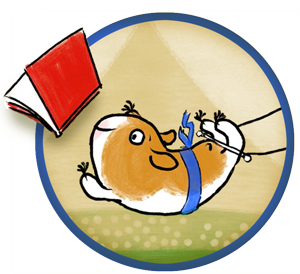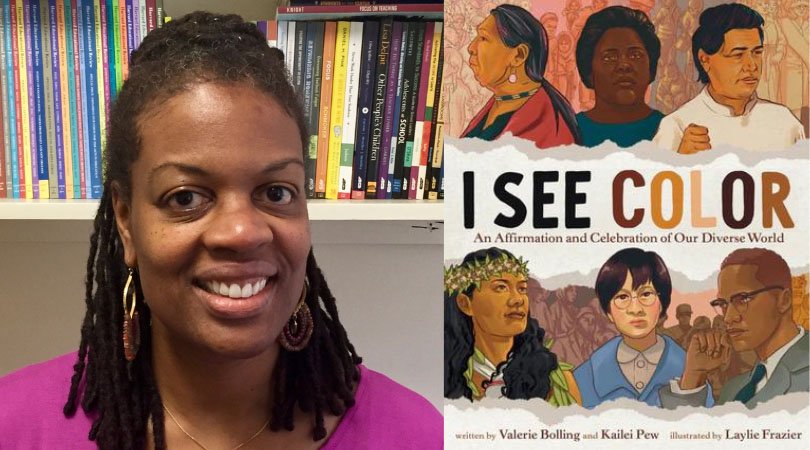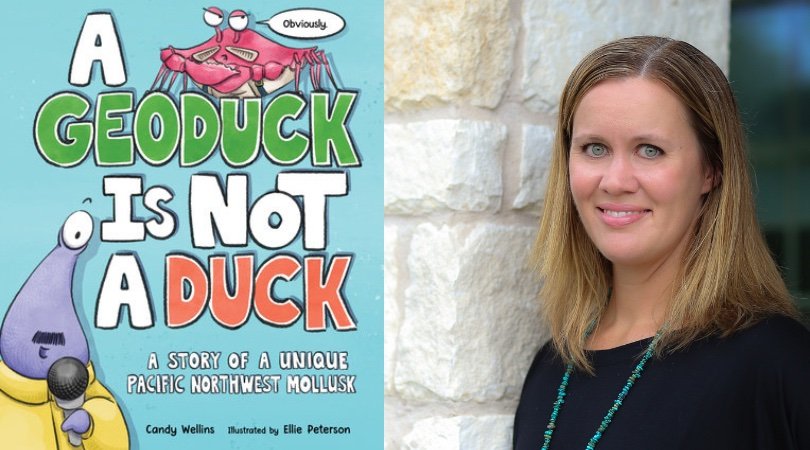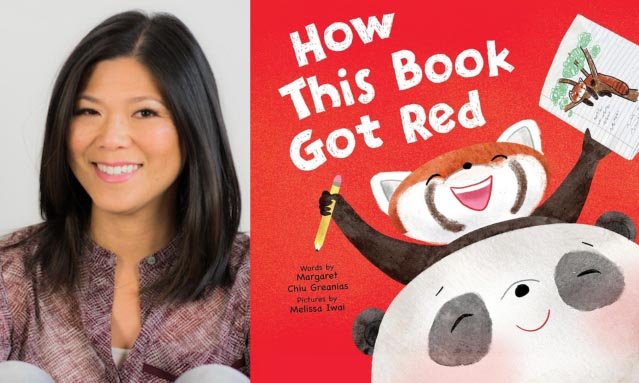Welcome back to our series, 20 QUESTIONS!,
where we answer questions about writing, reading, and author life.
(Note that we enjoy the series so much we’ve decided to just keep the questions coming!)
This month’s question:
Do you have a success story for a book that tanked on submission?
Valerie Bolling
Two of my books tanked on submission with one publisher and later another publisher acquired both of them in a two-book deal! After writing LET’S DANCE!, I wanted to write about other activities that children enjoy, so I wrote a book about many of the universal, timeless games that children play called LET’S PLAY; that book became RIDE, ROLL, RUN: TIME FOR FUN! LET’S DANCE!,which is about dances from around the world, inspired me to write a book about musical instruments from around the world called LET’S JAM!; that book became BING, BOP, BAM: TIME TO JAM!
– Valerie Bolling, author of I SEE COLOR with co-author, Kailei Pew, illus. Laylie Frazier (Harper Collins, 2024)
Kirsten W. Larson
My middle grade graphic novel, THE LIGHT OF RESISTANCE (coming 2026), the story of French art curator Rose Valland who spied on the Nazis during World War II, started life as a picture book biography. On submission, the feedback was consistent: the topic was too complex and nuanced for a picture book audience. I needed more space to tell the story. Fortunately, editor Emily Feinberg at Roaring Brook fell in love with the story and pitched the idea of doing it as a graphic novel. The book is being illustrated by Barbara McClintock.
–Kirsten W. Larson, author of REIMAGINING YOUR NONFICTION PICTURE BOOK (Both/And, 2023)










